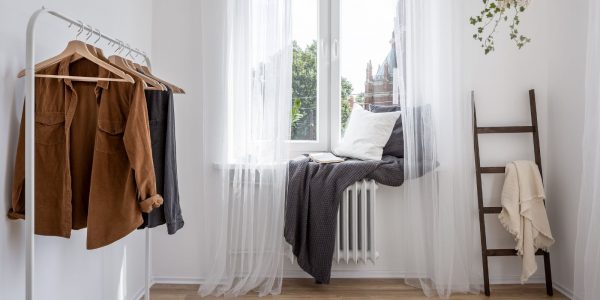
According to The Home Academy Renter Survey 2021, over half of renters (49%) would pick a rental property with green credentials or a well-being certification over one without. Renters would not only pick their house faster, but they would also rent for longer if the property had green credentials or a well-being certification, according to 61% of renters.
Compared to those 35 and older, 12% of 18 to 34-year-old renters would pay a premium for a home’s green credentials, compared to 6% of those 35 and older. Landlords should be aware that the younger generations, Generations Z, Alpha, and beyond, are becoming more mindful of the need for action on climate change.
The Green Homes Grant
One of the UK Government’s newest initiatives, the Green Homes Grant, provides homeowners and landlords with vouchers worth up to £10,000 to spend on energy efficiency upgrades to their homes.
The initiative, introduced in July 2020, aims to assist homeowners and landlords in making energy-saving improvements to their buildings. Insulation, solar panels, double or triple windows, heat pump installation, heating controls, and draught-proofing are examples of such amenities.
How does the Green Homes Grant work?
Property owners can apply for financing vouchers for house renovations through this programme. While the majority of homeowners and landlords will receive vouchers worth up to £5,000. Individuals with the lowest incomes may be eligible for up to £10,000.
This is how it works. The government would give at least £2 for every £1 spent by the homeowner on energy efficiency measures. In other words, the voucher will pay for two-thirds of the cost of qualified energy efficiency or low-carbon upgrades. So, for a £5,000 upgrade, a landlord would pay £1667 of the cost, with the government covering the rest £3,333.
Why should landlords improve the energy efficiency of their properties?
Reduced utility bills equal happier renters, and an energy-efficient property equals lower utility expenses.
Furthermore, buildings with a D or higher energy efficiency rating (higher than the minimum Energy Performance Certificate grade of E for rentals) tend to attract more environmentally conscious renters. And, with 42% of tenants considering a property’s eco-credentials when deciding where to rent, it’s a big deal.
What home improvements are NOT covered by the Green Homes Grant?
There are several products that the Green Homes voucher does not cover. These are some of them:
- Constructing a new addition or conversion
- Insulating a conservatory that does not have a set heating source
- A new fossil fuel boiler installation (e.g. a gas, oil or LPG boiler)
A full list of measures covered and not covered can be found here.
How to apply for the Green Homes Grant vouchers
Applications for Green Home Grant vouchers must be made online via the Simple Energy Advice (SEA) website.
If you are thinking of moving house and aren’t sure where to start looking, give our team at Qube Residential a shout for any queries.
Source: Dataloft, The Property Academy Renter Survey 2021.



